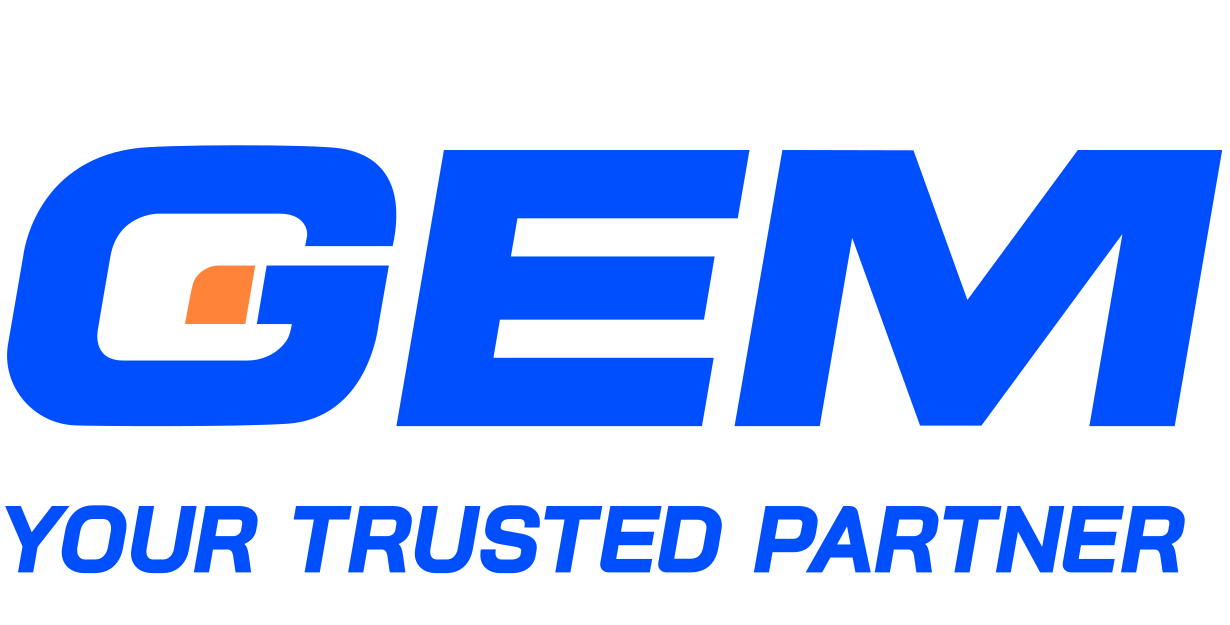Background
In the rapidly evolving Sports and Entertainment industry, leveraging cutting-edge technology to process and analyze vast quantities of data has become a cornerstone for companies aiming to maintain a competitive edge. Efficiently gathering, monitoring, and interpreting data from multiple sources is crucial in delivering insightful sports data analytics and effective marketing services.
The client is one of the key players in Europe in the Sports and Entertainment industry. They are known for comprehensive marketing solutions and data analytics derived from an extensive network of ten satellite websites. This strategic digital ecosystem enables the client to capture a wide spectrum of user interactions and sports data, from which they can derive insightful trends, patterns, and user behaviors for data-driven decision-making.
As the system experienced a significant growth in users and traffic, it struggled to keep up in terms of both data volume and insight richness. As a result, the client sought to enhance the system so that their services remained uninterrupted and efficient, even during peak times.
In this project, GME’s focus was to ensure that the client’s platform could effortlessly accommodate the surging user base without compromising performance or reliability. From there, we aimed to lay a strong foundation for long-term growth and innovation

Challenges
During the project, the GEM team had to resolve two big challenges.
Firstly, the client’s existing infrastructure could not handle the escalating traffic volume. This issue became particularly acute during peak usage times when the number of users and website events drastically increased. These spikes were often 2-3 times the normal traffic and could reach over 1 million, causing multiple server crashes.
Secondly, the system was built upon a database unfamiliar to GEM’s developers, with very limited research and training materials. This knowledge gap posed a significant barrier, as it hindered the team’s ability to effectively interact with, manage, and optimize the database, further complicating the project’s development process.




Solution
To resolve the first problem, after a comprehensive overhaul of the infrastructure, we reconstructed the infrastructure on the AWS platform – which is known for its robustness and scalability. AWS’s auto-scale mechanism allowed the system to expand its capacity based on the current demand, thereby accommodating larger volumes of traffic and data downloads without compromising performance. Leveraging AWS’s pay-as-you-go model, our team configured the auto-scaling to operate within the financial parameters set by the client, ensuring scalability did not lead to runaway costs.
Regarding the second issue, we dedicated considerable time and resources to acquaint ourselves with this new technology. This process involved studying the available materials and engaging in extensive trial and error through the development and testing of various prototypes. Its outcome was a satisfactory demo and a valuable gain of knowledge for GEM’s team.
Tech stack
- NodeJS
- React JS
- AWS
- Scala
Output
- Upgraded system with larger space and higher capacity, capable of handling millions of events
- Dynamic scalability powered by AWS’s auto-scaling
- Greatly reduced instances of server crashes and downtime
Impacts
GEM helped the client build a resilient and highly adaptive analytics and marketing platform which is characterized by:
- Enhanced scalability: We helped minimize server crashes and downtime during high-traffic hours and enabled the system to handle its growing user base without faltering.
- Advanced analytics outcomes: GEM enabled the client to gain more sophisticated insights into trends and patterns that are greatly meaningful for their decision-making process.
The project also had broader implications, showcasing GEM’s adeptness in managing complex collaborations with our clients.
Closing remarks
The case study is a great example of the importance of strategic infrastructure enhancement in the digital age. It also showcased GEM’s capability in making it happen rapidly and in a budget-friendly manner – thanks to the diversity of tools we have access to.


